Hugo França at R 20th Century Gallery
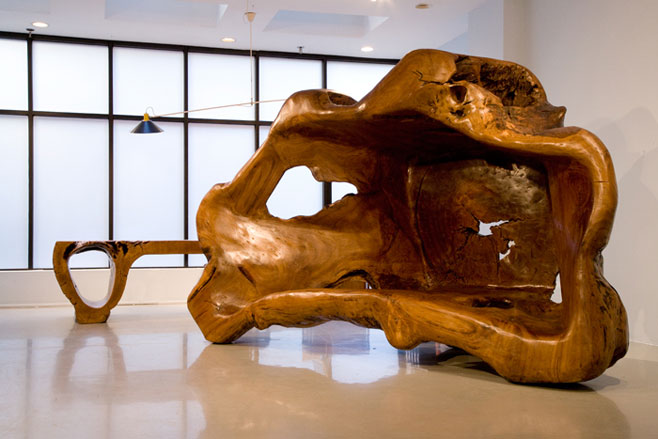
Weighing in at nearly 2.5 tonnes, Hugo França's new 'casulo' (cocoon) sculptures are awe-inspiring in scale and ambition. The artist uses hardwoods indigenous to his native Brazil to create his monumental organic artworks and sinuous furniture, currently on show at R 20th Century Gallery in New York, crafting each piece from ancient 'pequi', a gigantic oleaginous tree that averages 45m and can live 1,000 years.
França's prior work is mainly in the hands of private collectors, though one of his pieces graces Philippe Starck's Hotel Fasano in Rio de Janeiro. His second solo exhibition at the Tribeca gallery features, in addition to two casulos, a range of new pieces that includes seating, shelving and tables. But it's the mammoth sculptures that are really causing a stir - not just in the art world, but also as potent ecological statements. A committed naturalist, França is meticulous about the way he sources the wood, travelling through the forests, sometimes for days, in search of solid trees that have been felled or died naturally. 'Digging out the roots of an ancient tree like the pequi,' says França, 'is a mission of archaeological nature.'
Each casulo is then 'refined': carved, smoothed and shaped from the trunk or roots to create an organic space of retreat and contemplation. When finished, it inspires what he describes as 'a bonding experience between man and nature'. He encourages people to get inside the sculptures, 'as if they were a part of it'.
Given the enormous scale of the casulos, installing them in the gallery was no mean feat. R 20th Century employed a New Jersey-based firm experienced in moving sculptures by Richard Serra and Louise Bourgeois. They performed the task by taking the doors off the gallery and using hydraulic cranes to lift the pieces onto giant pallets. Once the pallets had been shifted inside, the cranes pushed the sculptures into place.
Nonetheless, there was one casulo - titled 'Guapeva' - that was simply too large to transport to New York. Over 3m wide and tipping the scales at 3.5 tonnes, it remains in Brazil. Though we imagine it won't stay for long. França's creations are in huge demand, despite having price tags to match their monumental bulk (they can fetch up to $500,000). And with the supply of naturally felled pequi trees dwindling, his pieces are increasingly valuable - as much for the rarity of their material as for their artistic merit.
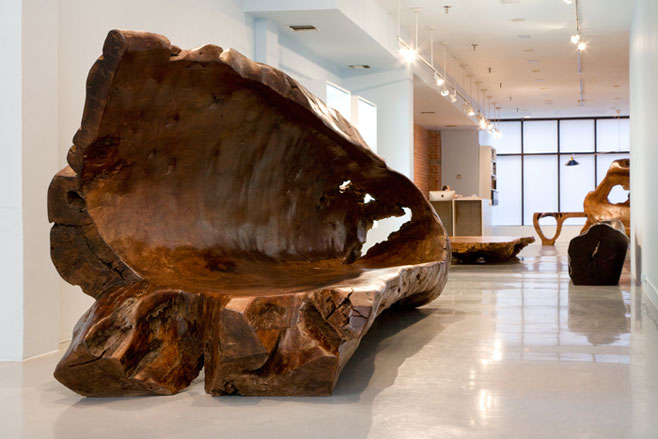
França invites the viewer to get right inside the mammoth sculptures, to experience the strong bond between man and nature. This giant bench, titled 'Casulo Arebá', was carved and smoothed from a felled imbuia tree
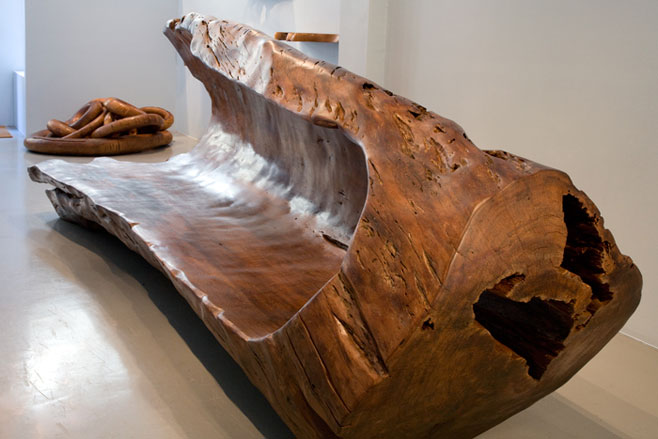
Another view of 'Casulo Arebá'. The artist aims to create an organic space for retreat and contemplation
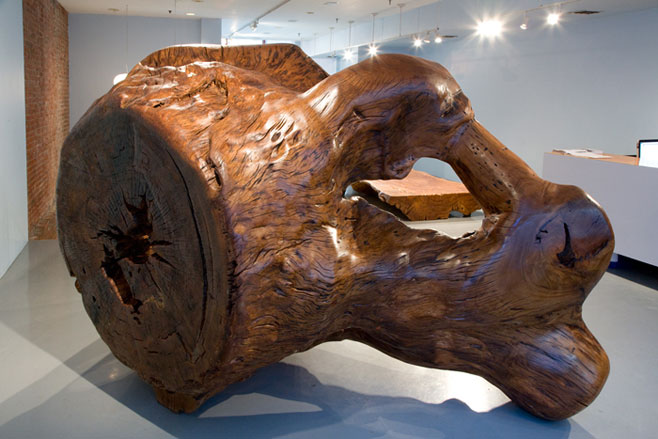
At nearly 3.5m, 'Casulo Cariru' is made for tactile interaction, to create an appreciation for Brazil's dwindling resources. This piece was made from naturally felled pequi wood
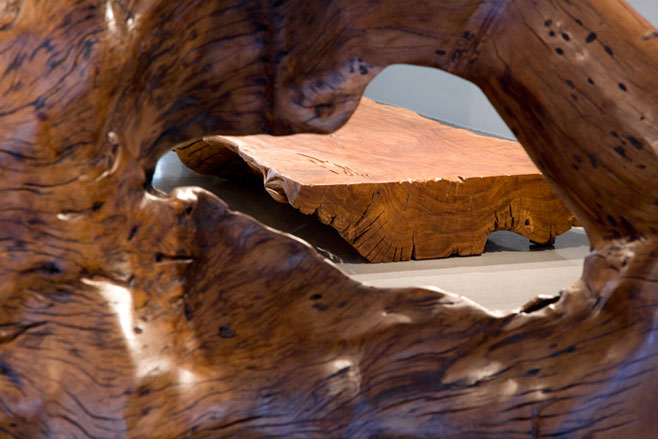
A look through a natural gap in 'Casulo Cariru' to França's 'Aimirim' coffee table
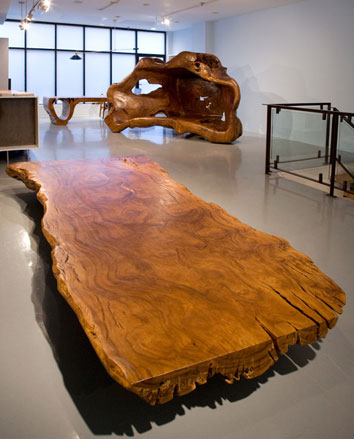
The 'Aimirim' coffee table
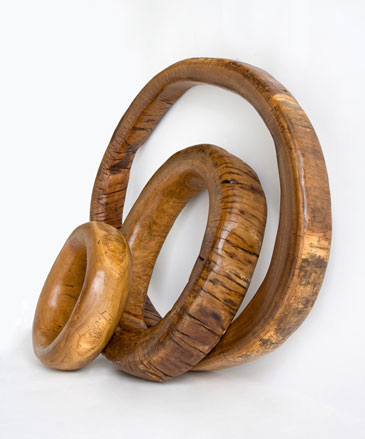
Three 'Argolas' ring sculptures in pequi wood. They range from 50cm to 150cm in diameter
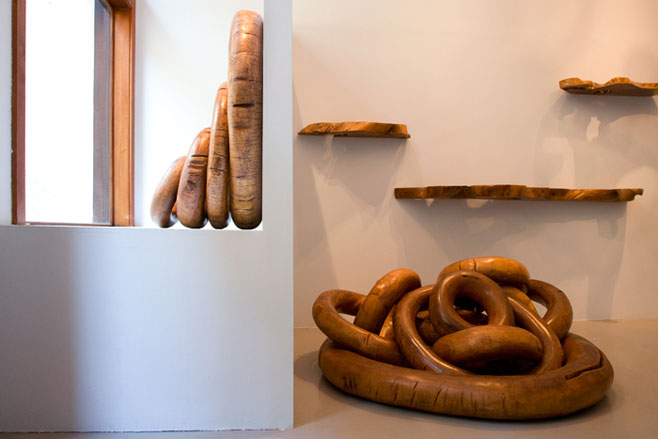
França's 'Argolas' rings form organically into larger sculptures on the floor at R 20th Century
ADDRESS
R 20th Century Gallery
82 Franklin Street
New York, NY 10013
Receive our daily digest of inspiration, escapism and design stories from around the world direct to your inbox.
-
 New tech dedicated to home health, personal wellness and mapping your metrics
New tech dedicated to home health, personal wellness and mapping your metricsWe round up the latest offerings in the smart health scene, from trackers for every conceivable metric from sugar to sleep, through to therapeutic furniture and ultra intelligent toothbrushes
-
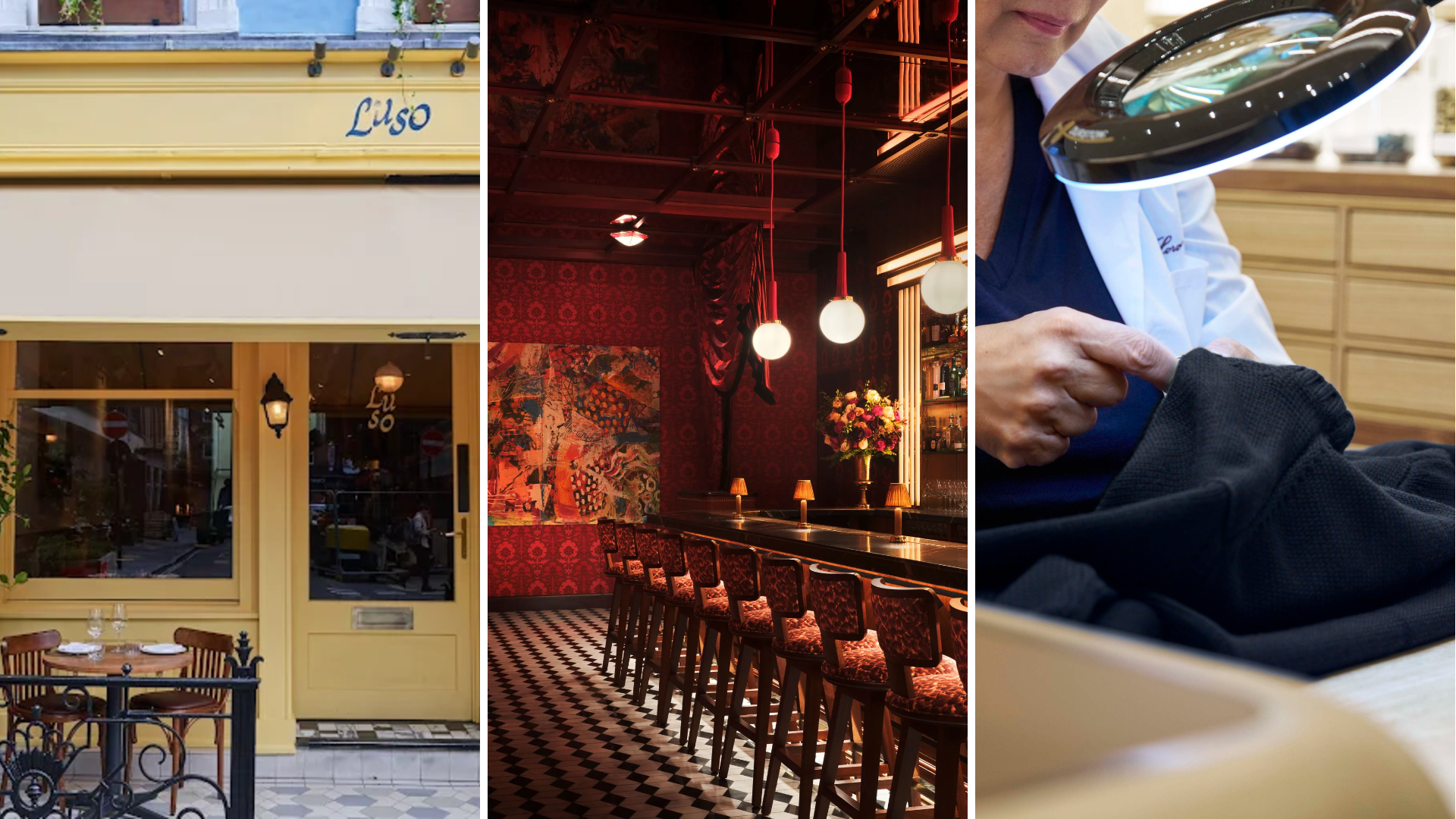 Out of office: The Wallpaper* editors’ picks of the week
Out of office: The Wallpaper* editors’ picks of the week'Tis the season for eating and drinking, and the Wallpaper* team embraced it wholeheartedly this week. Elsewhere: the best spot in Milan for clothing repairs and outdoor swimming in December
-
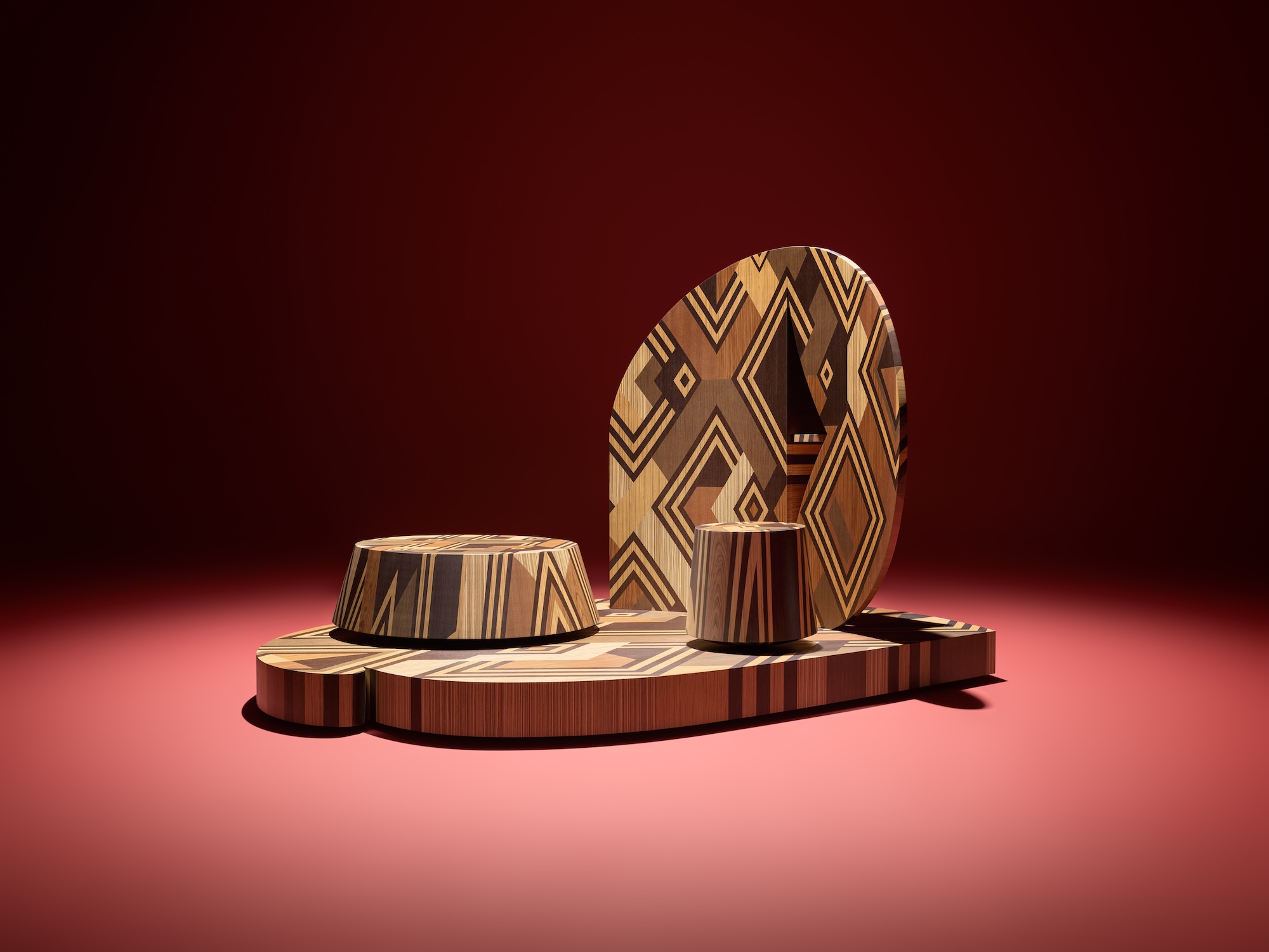 How Stephen Burks Man Made is bringing the story of a centuries-old African textile to an entirely new audience
How Stephen Burks Man Made is bringing the story of a centuries-old African textile to an entirely new audienceAfter researching the time-honoured craft of Kuba cloth, designers Stephen Burks and Malika Leiper have teamed up with Italian company Alpi on a dynamic new product